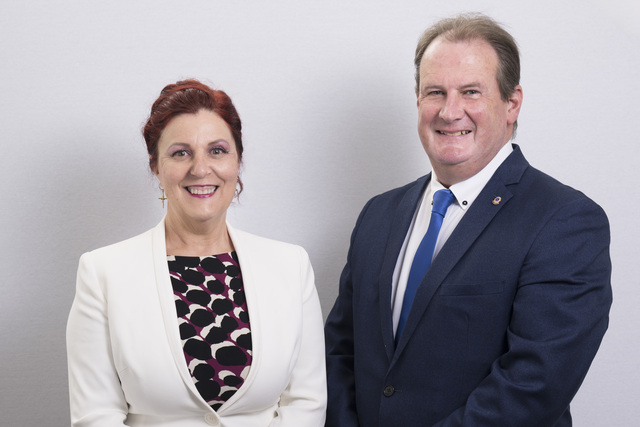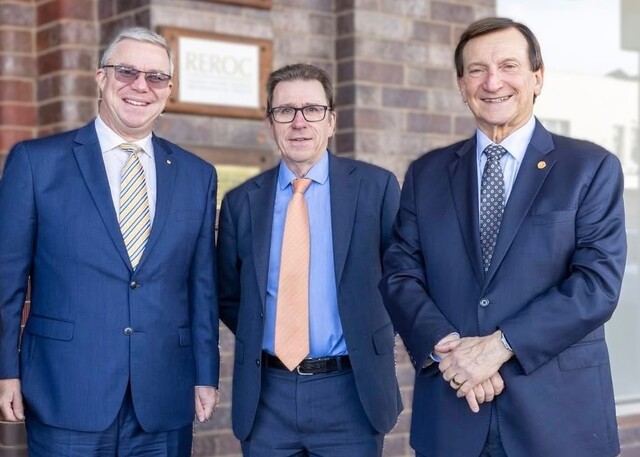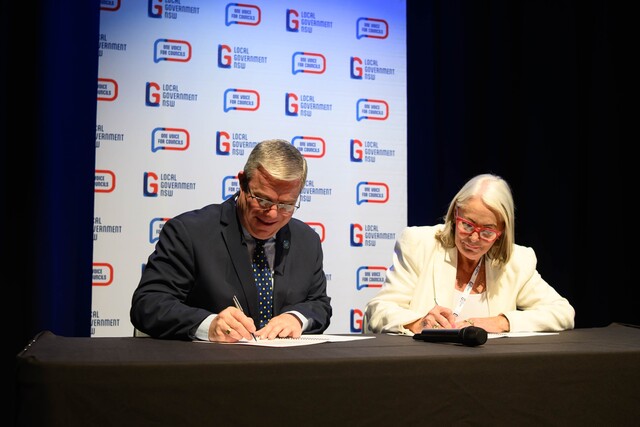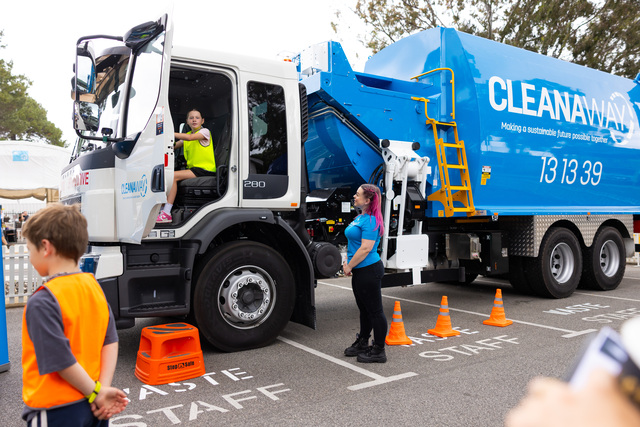The New England Strategic Alliance in northern New South Wales is meeting the challenges of Local Government reform with a new IT based efficiency and performance measurement system. The alliance is made up of Armidale Dumaresq Council, Guyra Shire, Uralla Shire, Walcha Council and the New England Weeds Authority. These Councils have established a charter, which sets out agreed arrangements for the management and delivery of shared services.
The alliance is currently developing a shared service model for human resources, which aims towards best practice, continuous improvement and performance measurement.
Armidale Dumaresq General Manager and Portfolio Director for the shared service model, Shane Burns, said new technology makes it possible to tailor a system to deliver the specific management and measurement information needed in Local Government today.
“Until recently, Local Government has never been in a position to objectively demonstrate its efficiency and effectiveness because we have been limited by the IT software packages available,” he said. “The alliance’s search for new IT systems and a performance management system began with us identifying what we need, and then going into the marketplace to put together our own suite of software applications. We worked with the suppliers in prototyping our processes to deliver performance reporting at a micro level.”
The performance and measurement element of the new software package comprises three components. The first is a training and development tool, which is being developed in conjunction with TAFE New South Wales.
Shane Burns said the alliance’s shared service HR function will have access to a competency database maintained by TAFE.
“The database will populate Council’s performance assessment system with education units that are linked to national competencies,” he said. “After assessment, an individual training plan and a corporate training plan is generated, and training is delivered by TAFE.”
The second component assesses performance targets. Council is currently determining efficiency and effectiveness benchmarks for individual employees. Each staff member will be ranked against these agreed output and outcome targets.
“For example, planning staff will be assessed against the number of applications processed and compliance,” Shane Burns said. “There will be set service level targets for development application processing, such as how long it takes to process one application. This data will then be used to determine a staff members productivity level and in turn how much they are paid.”
Both the training and development and performance target systems will be linked to the common salary system for the four Councils. This will mean the better the productivity level and the more certified training an employee has, the more they will be paid.
The final component of the system is what Shane Burns refers to as a 360 element.
“This component of the performance assessment system will allow for supervisor and peer review of individual performance levels based on behavioural criteria,” Shane Burns said. “An online survey facility will ask both supervisors and peers to rank other staff members against criteria, such as communication skills, and contribution to the team. Any behavioural issues will be quickly identified through a survey exceptions report, which will inturn be referred as a development issue and training requirement for the individual.
“Our ultimate aim is to undertake performance evaluation at an individual level and make it as streamlined and objective as possible using the IT systems.”
Shane Burns said the system is expected to be operational by the new financial year. He said it will set a benchmark for Local Government, which will lead to improved performance management and measurement of Council operations.
For more information, contact Shane Burns on (02) 6770 3522.







